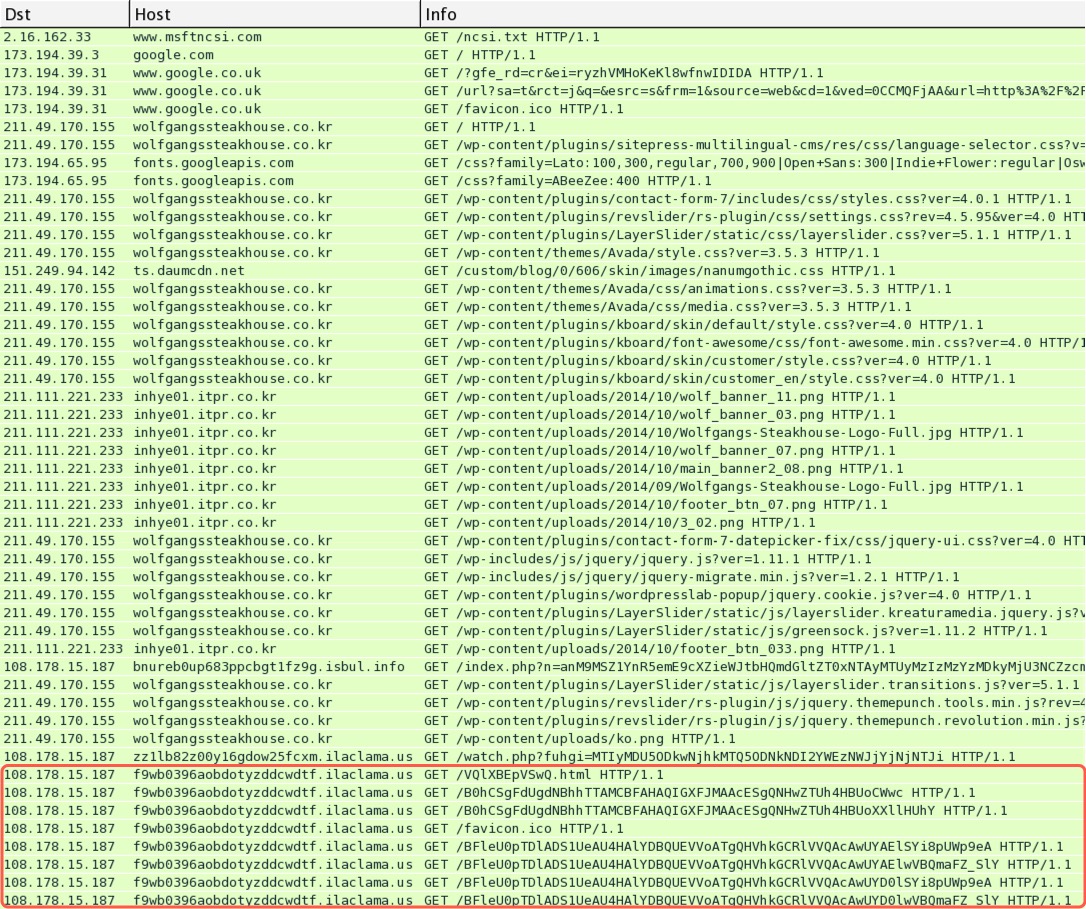

WebSocket also requires web applications on the server to support it. The WebSocket protocol is currently supported in most major browsers including Microsoft Edge, Google Chrome, Internet Explorer, Firefox, Safari and Opera. Apart from the scheme name and fragment (# is not supported), the rest of the URI components are defined to use URI generic syntax.

The WebSocket protocol specification defines ws and wss as two new uniform resource identifier (URI) schemes that are used for unencrypted and encrypted connections, respectively. Similar two-way browser-server communications have been achieved in non-standardized ways using stopgap technologies such as Comet. The communications are done over TCP port number 80, which is of benefit for those environments which block non-web Internet connections using a firewall. In this way, a two-way (bi-directional) ongoing conversation can take place between a browser and the server. This is made possible by providing a standardized way for the server to send content to the browser without being solicited by the client, and allowing for messages to be passed back and forth while keeping the connection open. The WebSocket protocol makes more interaction between a browser and a web server possible, facilitating the real-time data transfer from and to the server.
HOW TO CAPTURE WEBSOCKET TRAFFICE WIRESHARK MAC UPGRADE
Its only relationship to HTTP is that its handshake is interpreted by HTTP servers as an Upgrade request. The WebSocket Protocol is an independent TCP-based protocol. WebSocket is designed to be implemented in web browsers and web servers, but it can be used by any client or server application. The WebSocket protocol was standardized by the IETF as RFC 6455 in 2011, and the WebSocket API in Web IDL is being standardized by the W3C. WebSocket is a protocol providing full-duplex communication channels over a single TCP connection.


 0 kommentar(er)
0 kommentar(er)
